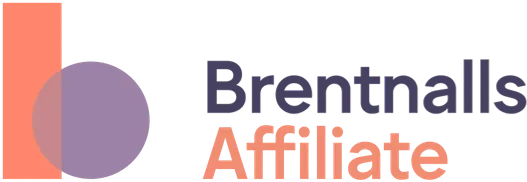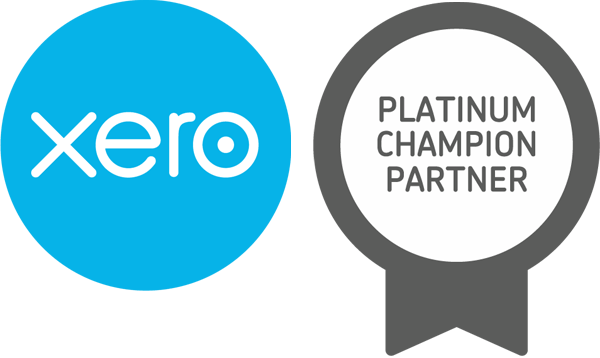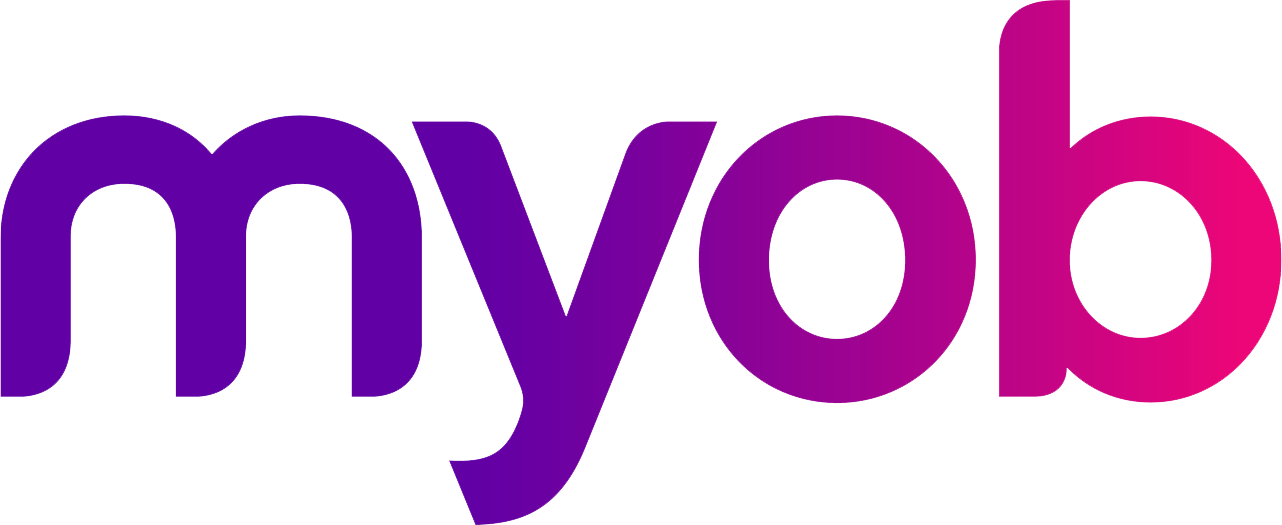Concession Card Eligibility for Self Funded Retirees and Low Income Earners
CoggerGurry • August 10, 2023
COMMONWEALTH SENIORS HEALTH CARD
Who is eligible?
- Person of Age Pension Age not receiving a Pension payment
- Income assessed, with Adjusted Taxable Income, plus deemed income from certain Account Based Pensions
- Income needs to be lower then $90,000- for a single person, $144,000- combined for a couple and $180,000- for a couple separated by illness
- No asset test applies to this concession card
LOW INCOME HEALTH CARE CARD
Who is eligible?
- Be 19 years of age or older and an Australian resident
- Have income within the following allowable thresholds, based on average weekly assessable income over the 8 weeks immediately before making a claim
- Single, no children $702 x 8 = $5,616
- Couple combined, no children $1,204 x 8 = $9,632
- Single, one dependent child $1,204 x 8 = $9,632
- Couple combined, one child $1,238 x 8 = $9,904
- For each extra child, add $34 x 8 = $272
- Income includes, employment income from wages & self-employment income, net rental income, reportable super contributions, deemed income from financial investments, plus account based income streams, defined benefit pensions, income from private trusts and companies.
- Again no asset test applies to this concession card.
Should you have any questions in relation to the above please contact Alan Oakley who is able to assist with the completion of the necessary claim forms.

Aged Care “Deposits” Explained: RADs, DAPs and What Families Need to Know When a loved one moves into residential aged care, one of the biggest (and most confusing) costs is the accommodation payment — often referred to as an “aged care deposit”. In practice, there are a few different ways to pay, and the best option depends on cash flow, assets, and your broader plans. Step 1: Start with the room price Before entry, you’ll agree on a room price with the aged care home. Providers must publish their prices and you can negotiate (but you generally can’t be charged more than the published price for that room). If a provider wants to charge above a government-set threshold, they may need approval from the Independent Health and Aged Care Pricing Authority. Step 2: Your means assessment affects what you pay Services Australia assesses income and assets to determine whether you’ll pay the full accommodation cost yourself or receive some government support. Those with support may pay an accommodation contribution instead of the full price. The three common payment methods Most residents will be offered one (or a mix) of the following options: 1) Refundable Accommodation Deposit (RAD) A RAD is a lump sum paid upfront (think of it like a large bond). It is refundable when the resident leaves care, less any agreed deductions (for example, unpaid fees). The RAD is also treated as an asset in the means assessment. 2) Daily Accommodation Payment (DAP) A DAP is a non-refundable daily amount, like paying “rent” instead of a lump sum. It’s calculated using the government-set Maximum Permissible Interest Rate (MPIR), applied to the unpaid portion of the room price. In simple terms: DAP = (Unpaid RAD × MPIR) ÷ 365 3) A combination of RAD + DAP Many families choose to pay part of the RAD upfront (to reduce the daily cost) and pay a smaller DAP on the balance. This can help manage cash flow while keeping some funds available. An additional option is to use the part payment of the RAD to fund the payment of the DAP. This helps with cashflow but does have the effect of increasing the amount of the DAP as the RAD diminishes over time. A note on recent reforms Rules can differ depending on when someone enters care. Recent reforms introduced RAD retention for eligible residents (a small non-refundable amount deducted over time, capped) and changes affecting how accommodation costs are managed under newer arrangements. If you’re arranging entry now, it’s worth checking which “entry date” rules apply before signing. How we can help Aged care decisions are often made quickly, under stress. Before you commit to a RAD, DAP, or a mix of both, it’s wise to consider how the choice affects: ongoing cash flow and affordability sale/retention of the family home Centrelink outcomes and estate planning General information only: This article is not personal financial advice. We recommend seeking advice tailored to your circumstances before making decisions. Before you choose a RAD, DAP or a combination, get advice tailored to your circumstances. Call us to book an aged care funding review, so you can feel confident about the decision and avoid surprises.

Start Your Year-End Payroll, Tax And Employee Leave Planning Now The end-of-year holiday period can be make or break for your business. Whether you’re gearing up for a rush or planning a shutdown, the key is early planning for payroll, tax and super, alongside careful compliance with workplace laws. Start by checking whether any year-end paydays will fall on public holidays or during your closure. If so, you’ll need to bring the pay run forward so staff are paid before bank cut offs, and tell employees about any temporary date changes in writing. While the ATO generally allows lodgement and payment on the next business day when a due date falls on a weekend or public holiday, that doesn’t extend to paying wages late. Report each pay run through Single Touch Payroll (STP) on or before payday, including any brought forward payments you’re processing before year-end closure. Keep your PAYG withholding and BAS lodgements on track. If you’ll have difficulty meeting due dates, contact your tax adviser and the ATO early to discuss options. Don’t overlook super guarantee (SG) contributions on wages and paid leave taken over the break; annual leave and public holiday pay are part of ordinary time earnings for SG purposes. October to December quarter super must be received by employees’ funds by 28 January, so pay early to allow for bank processing times and so you don’t trigger the SG charge, interest, penalties and loss of deductibility. If you provide year-end bonuses or staff gifts, process bonuses through payroll and withhold tax, and consider whether FBT applies to functions or presents. The minor benefits exemption may cover low cost, infrequent items, but good records are essential. Remember that full-time and part-time employees who would normally work on a public holiday are entitled to their base rate for ordinary hours if they don’t work. You can ask employees to work public holidays, but requests must be reasonable and employees can refuse on reasonable grounds. If they do work, apply the correct penalty rates or time off in lieu under their award or agreement. Where a public holiday happens during an employee’s annual leave, it counts as a public holiday, not a leave day. For holiday shutdowns, you can only direct employees to take annual leave if an applicable award or registered agreement allows it, usually with advance written notice. Where staff don’t have enough leave, many awards allow leave in advance or unpaid leave by agreement; make sure to document any agreement in writing. Check whether leave loading applies to annual leave taken over this period, and ensure your payroll system calculates it correctly.

PAYDAY SUPER - Next step for payday super: legislation introduced to Parliament The government’s payday super reforms have taken another step towards implementation with the introduction of legislation to Parliament. Requiring employers to pay employee super contributions on payday, the reforms are designed to ensure that employees benefit from more frequent and earlier super contributions that grow and compound over their working life and reduce instances of unpaid super. Contribution timeframes are now measured in “business days” rather than “calendar days”, and employers will have 7 business days to make contributions. The legislation still needs to pass through both the House of Representatives and the Senate before it becomes law, but you shouldn’t wait to start planning. Recognising that employers need time to deploy, test and embed changes in their payroll systems and business processes, the ATO has released a new draft Practical Compliance Guideline that outlines its proposed compliance approach for the first year of payday super (starting 1 July 2026). It plans to use a risk-based framework where employers will be categorised as at low risk, medium risk or high risk of not meeting their payday super obligations. What’s next? Start preparing now. Review your payroll systems and processes to ensure they’re ready for payday super by 1 July 2026; consider whether more frequent super payments could have cash flow implications for your business that you need to act on; and look for alternatives if you use the SBSCH, as it will be closed from 1 July 2026. Planning ahead will help you be compliant with the law and make a smooth transition. Keep an eye on developments as the legislation progresses through Parliament and as the ATO finalises its compliance guideline. Changes could still be made before the reforms take effect.






